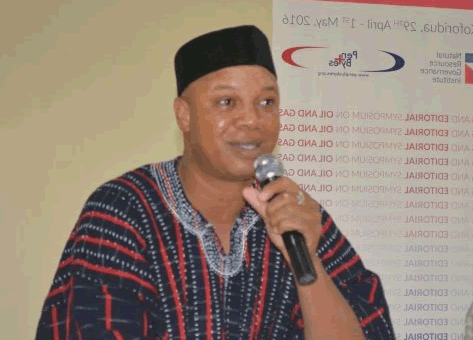
Young people around the world represent a significant portion of the global population, brimming with dreams, opportunities, and challenges.
Today’s digital age, characterized by constant screen interactions and the impending rise of virtual reality, underscores the transformative power of technology. This digital evolution is pivotal in addressing global issues and achieving the UN’s Sustainable Development Goals (SDGs).
In Ghana, mobile money is a key player in enhancing financial inclusion for the underprivileged, according to the UN.
Jean Claude, a food content creator, is among the youth leveraging digital platforms to earn a living and tackle hunger, aligning with SDG Goal 2. He began his journey in 2020 during the COVID-19 pandemic, demonstrating how technology can drive positive change.

“For me it was more of a something to take my time, because I was mainly at home doing nothing. So, I was doing that just to while away time. The journey has been just like any business. It’s been up and down.
“I won’t say it’s been rosy all through but it’s been a great journey. I really didn’t get any negative comments or feedback from friends and family. I think the support was there from the onset. In the beginning I was just doing it for fun, I was just doing to share to people online but along the line I started to work with brands, I started to get deals from businesses,” he said.
Jean is not alone in this digital landscape. A 5th-year medical laboratory science student from the University for Development Studies has developed an AI-powered platform to identify malignant cells, simplifying laboratory work and showcasing the potential of artificial intelligence in medicine.
“I noticed a number of health processes in the lab that would take some time for the result to be ready,” he said.
Then I decided to combine my technical values and artificial intelligence by building AI modules that will help improve the time spent. Being a young programmer, solutions or solve issues in your domain with code that’s where I had the inspiration to develop these modules’ Achumboro Aghana Paul highlighted.

Central to digital progress is internet access. Ghana boasts a 70 percent internet penetration rate, predominantly among youths aged 15-29.
However, this high penetration rate doesn’t necessarily equate to affordability, as the cost of data remains a significant barrier.
Ongoing online protests reflect public demand for reduced data costs. Additionally, areas lacking internet access highlight the need for further efforts to bridge the digital divide.
Ghana like the rest of the world is striving to accomplish the over 160 SD Goals.
With digital technologies and data contributing to at least 70 per cent of the 169 SDG targets while potentially reducing the cost of achieving these goals by up to USD 55 trillion, there is the need for young people to gain digital access to improve lives across the country.
The post International Youth Day: A Glimpse into Ghana’s progress at using technology first appeared on 3News.
Read Full Story



















Facebook
Twitter
Pinterest
Instagram
Google+
YouTube
LinkedIn
RSS